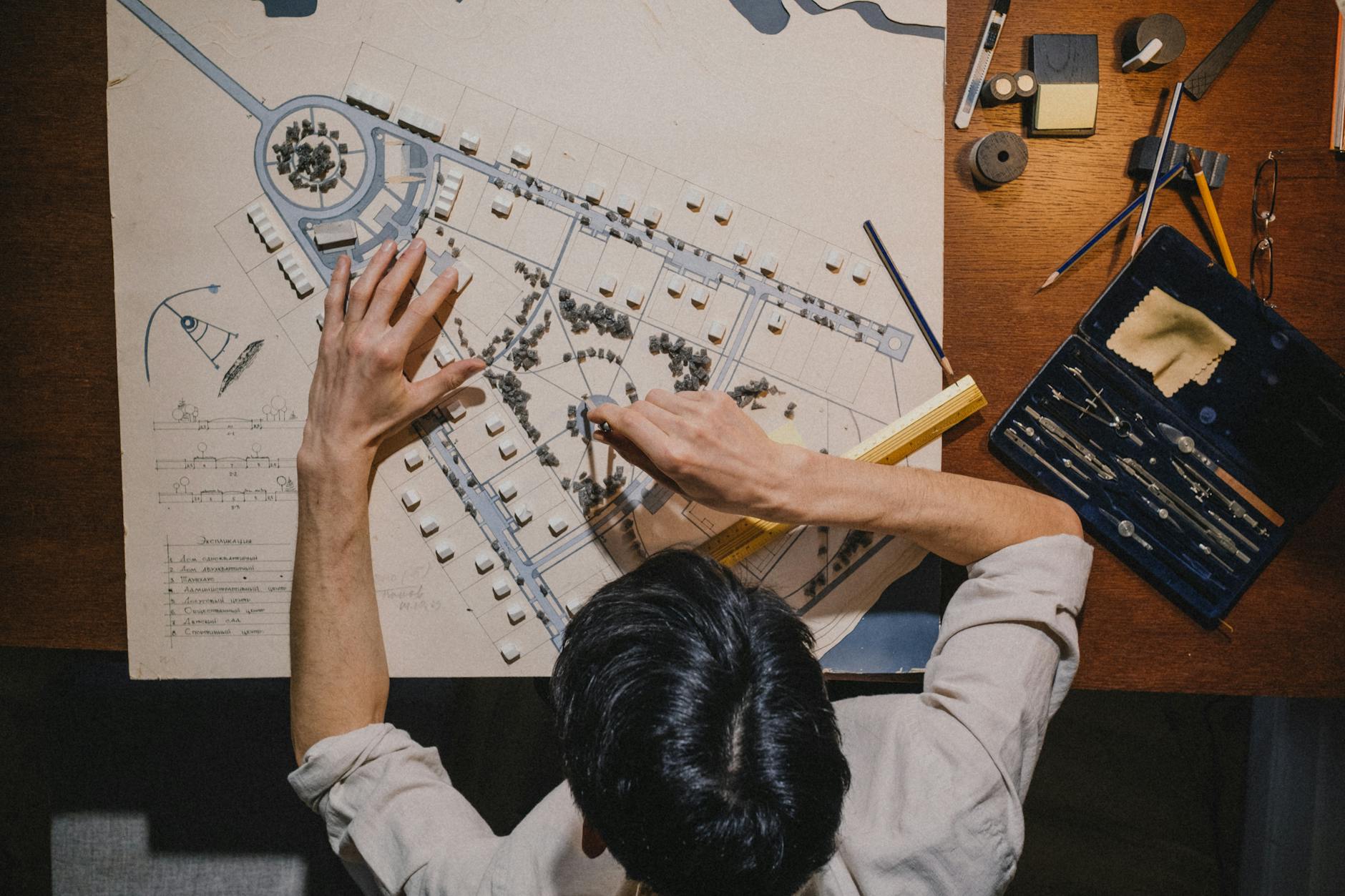From the countercultural movements of the 1960s to today’s Silicon Valley microdosing trend, there has long been an intrigue around the potential of psychedelics to enhance creativity. Many individuals, particularly from the artistic community, seek inspiration or deeper insights within these altered states of consciousness. Understanding this relationship between psychedelics and creativity, however, requires navigating through a complexity of psychological and neurological interactions.
To start with, psychedelics are psychoactive substances that can dramatically alter perception, mood, and cognitive processes. They work by disrupting the usual interaction of nerve cells and the neurotransmitter serotonin in the brain. The most commonly known psychedelics include substances like LSD, psilocybin (magic mushrooms), and DMT.
One of the main reasons artists explore with psychedelics is their ability to change perception, aiding a manipulation of artistic expression. Perceptual alterations can impact how the world is viewed – both literally and metaphorically. Colors may become more vibrant, patterns appear where there were none before, and the self may dissolve into a greater whole. It can open up the artist to novel perspectives, forms and ideas that they may not have encountered in a normal state of consciousness.
An artist’s imagination, another essential component in the artistic process, can also be vastly affected by psychedelics. It allows for a free-flowing stream of thought, generating images, symbols and ideas that might not otherwise occur. This freedom to think outside the box can potentially provide novel angles to creativity, enabling innovation and originality.
Furthermore, the use of psychedelics has also been associated with inducing a flow state, a psychological state where individuals become completely absorbed in what they are doing, often linked to heightened creativity. Artists often describe experiencing flow states during their creative process, where time seems irrelevant and focus on the task becomes total. The attainability of this mental state through psychedelic use might further elucidate why some creators resort to these substances.
Research into this connection is still in its infancy, but early signs have been promising. A recent study published in the journal Human Brain Mapping found that microdoses of psychedelics could enhance the divergent thinking process, a style of thinking that aids in producing many new ideas. This tendency towards originality and innovation is a key aspect of creativity, especially in artistic expression.
Enhanced creativity, however, does not always translate to an improvement in artistic skills. A study from the 1960s, where artists were asked to create a piece while under the influence of LSD, resulted in decreased technical skill, although the artists reported heightened insights and found their pieces to be of higher aesthetic value.
While some artists thrive in the altered states provided by psychedelics, others might find their usual creative process disrupted. Thus, the relationship between psychedelics and creativity varies from one individual to another and involves a complexity of factors—including dosage, mental disposition, and the environment.
While it is undeniable that psychedelics can significantly influence the creative process, more research is needed to provide clearer insights into this complex interplay. As scientists continue to delve deeper into the world of psychedelics, we may expect more profound insights into creativity, artistic creation, and the mysteries of the human mind. Through such exploration, we can better understand how to harness the full potential of our creative minds, with or without the aid of psychedelics.
In conclusion, revealing the connection between psychedelics and creativity is a fascinating endeavor. However, as more scientific studies emerge, it is important to approach this subject with an informed and measured perspective, recognizing the potential risks and respecting the profound power of these substances.





